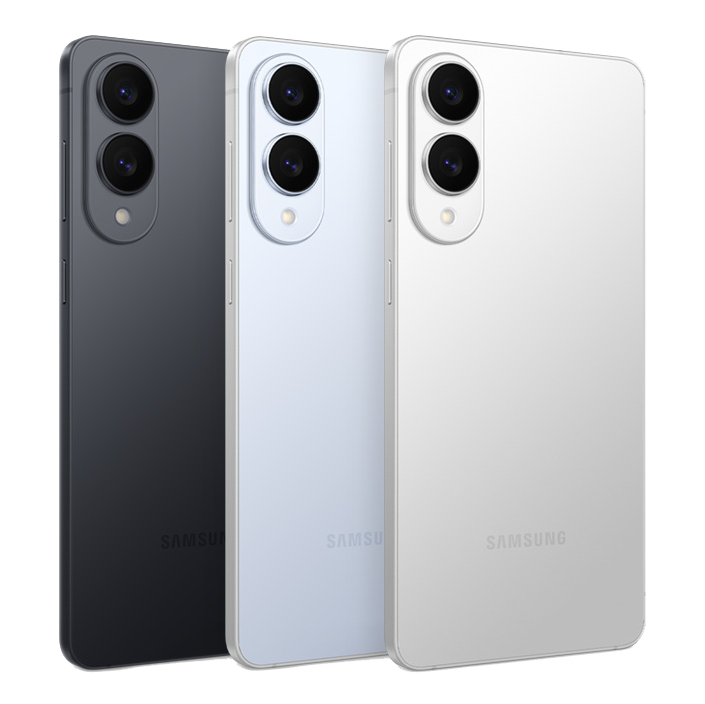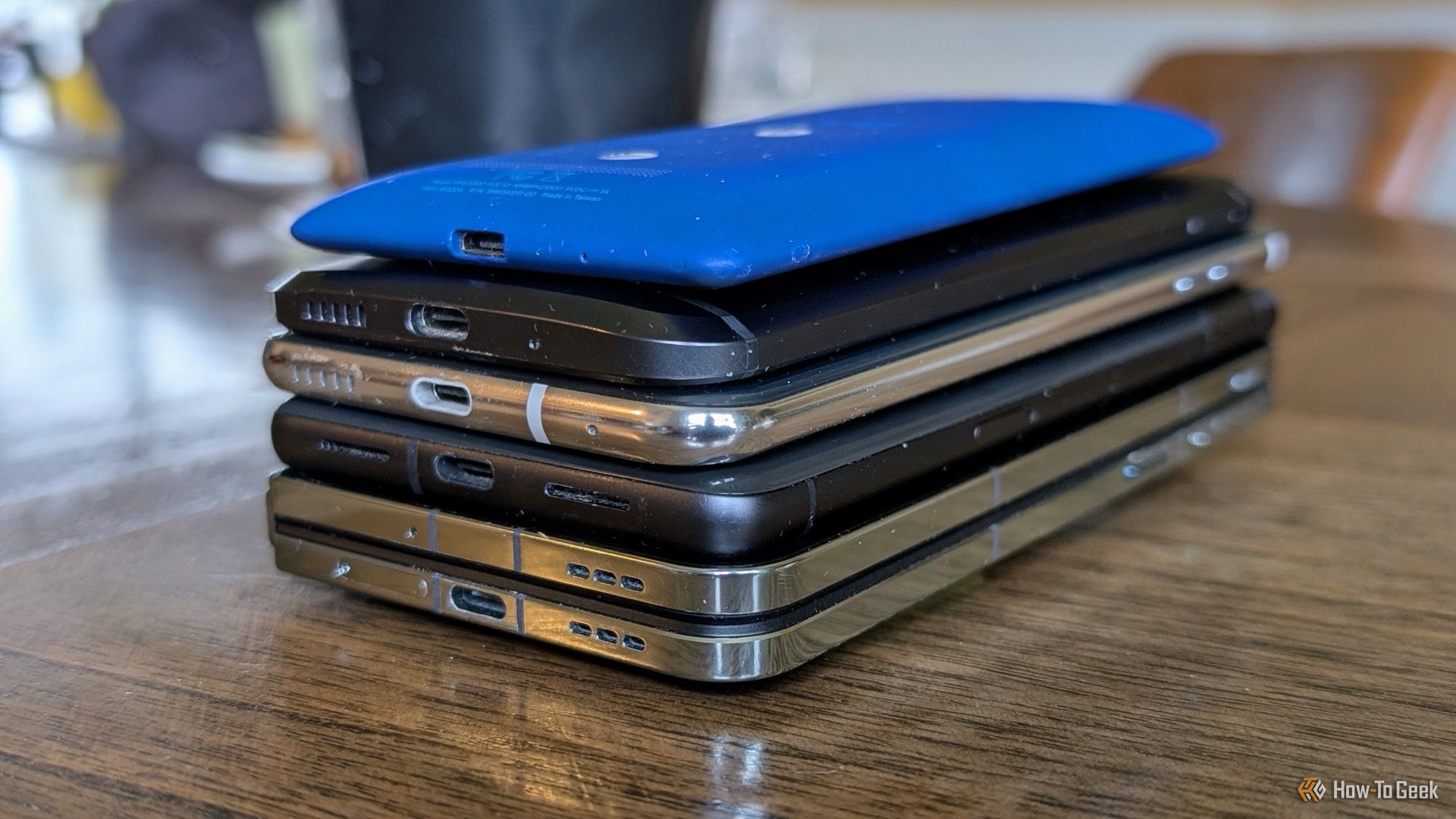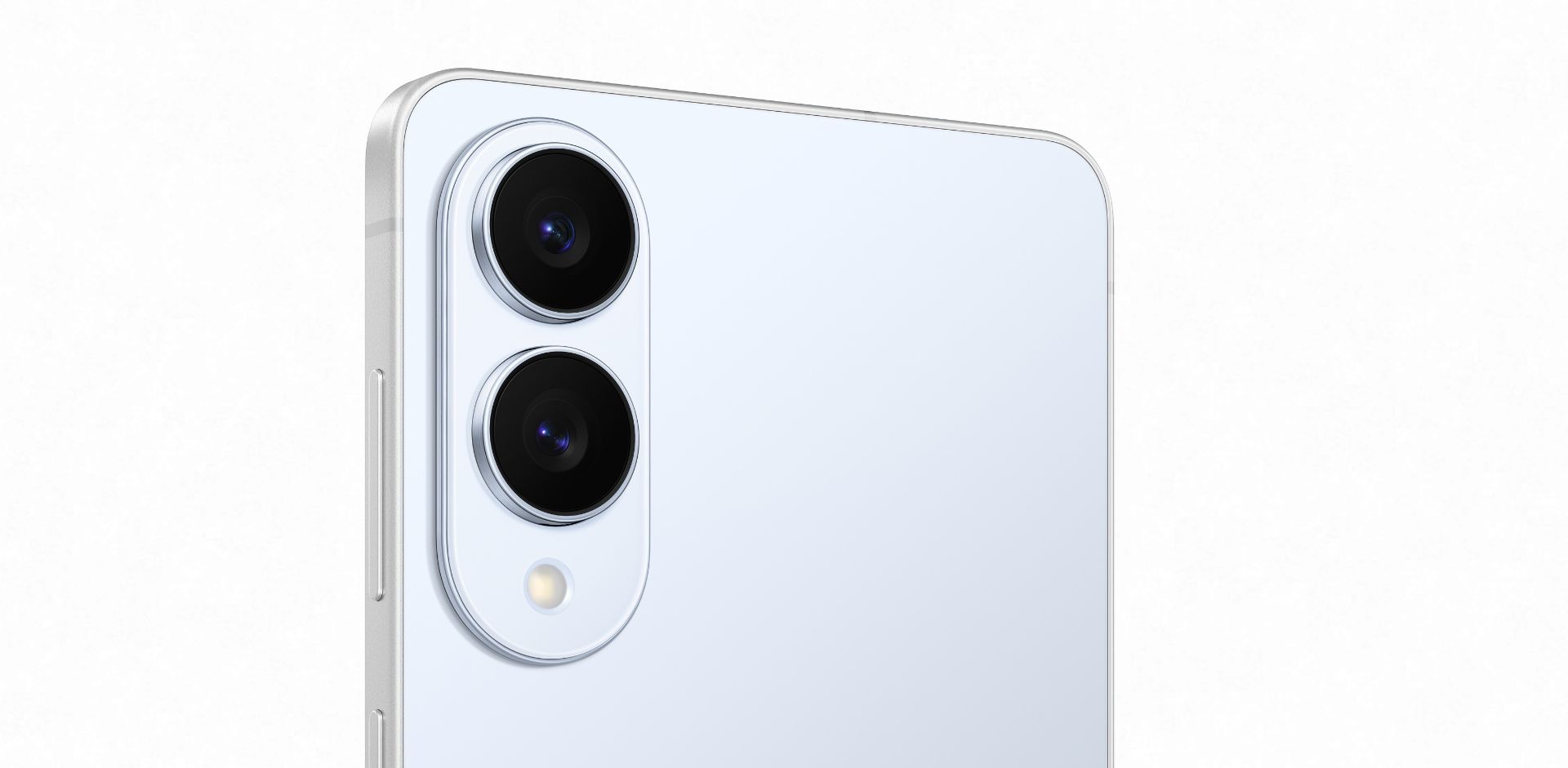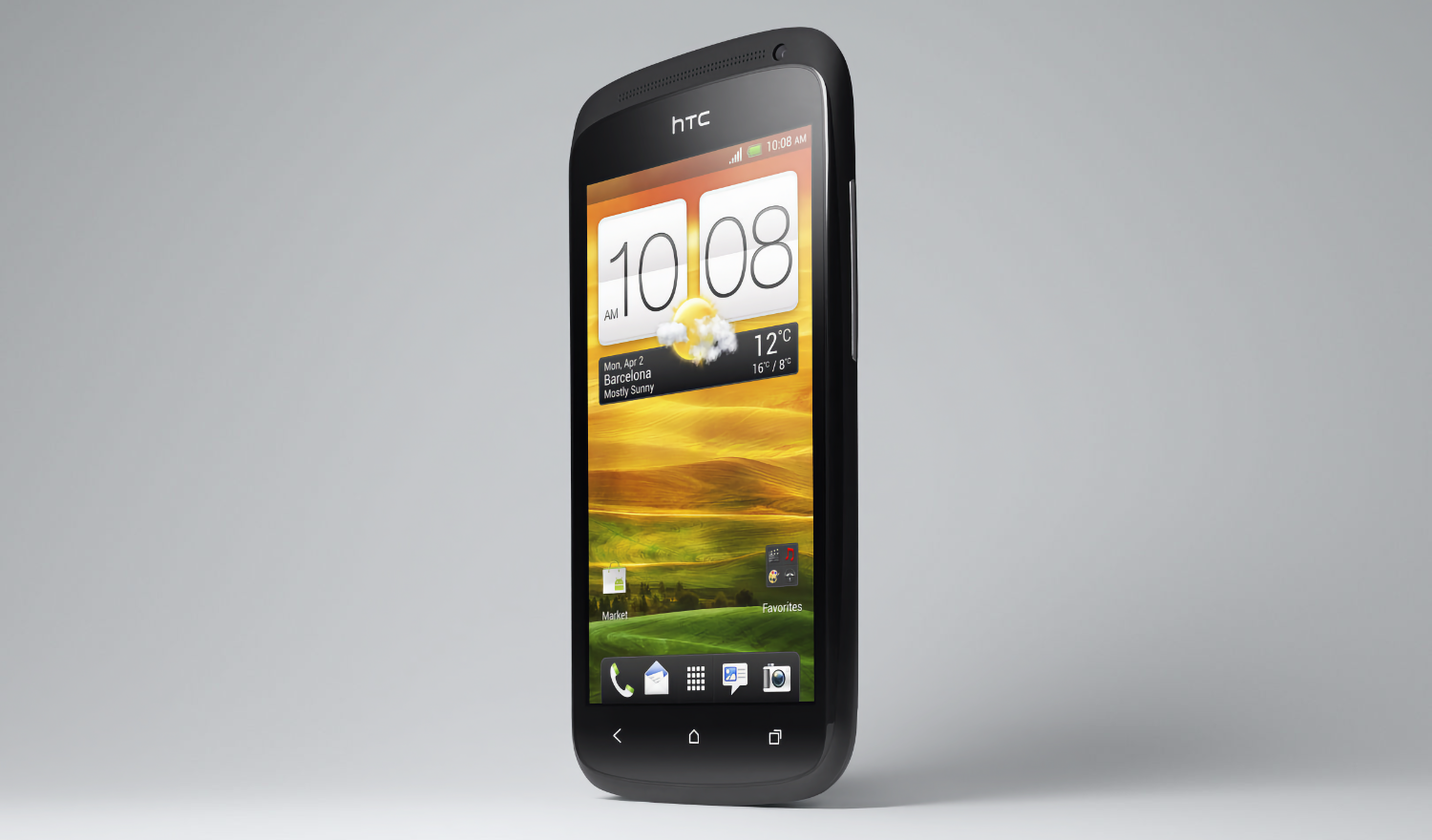Summary
- The Galaxy S25 Edge achieves its ultra-thin design by significantly compromising crucial features like battery life and camera capabilities.
- Manufacturers have long pushed thinness as innovation, even though many users still prioritize better batteries and cameras.
- The trend of ultra-thin phones, like the S25 Edge and iPhone 17 Air, is an inevitable future standard, even if you think you don’t want it.
The Samsung Galaxy S25 Edge has been announced. It is thin, it is expensive, and the reaction online has been far from overwhelmingly positive. But if you thought it was a gimmick that nobody asked for, I’m not so sure. Thin phones are here to stay.
The S25 Edge Has More Compromises Than Strengths
It’s fair to say that the announcement of the Galaxy S25 Edge was greeted with a certain amount of skepticism. It’s undoubtedly an impressive piece of design, slimming the whole thing down to just 5.8mm (as long as you ignore the rather hefty camera bump) and making it much lighter than other phones with the same size of screen.
Yet to do this, Samsung has had to make a lot of compromises—far more than you would normally expect in a device costing over $1000.
The main one is the battery. Samsung opted not to switch to the new range of silicon-carbon batteries that allow for a higher capacity in a smaller size. We’ve seen these in phones like the OnePlus 13, and they absolutely live up to the hype. Samsung stuck with the old lithium-ion battery instead, and the result is that the capacity of 3900mAh makes it the smallest in the entire S25 range. It will have the worst battery life in the whole range, too.
The other compromises are in the camera. The S25 Edge is the only phone in the S25 range without a zoom lens. Instead, it relies on cropping into an image from the main camera to produce a form of digital zoom. Pixel phones do that too, and while the results are perfectly usable, they don’t compare to having dedicated hardware for the job.
The main camera sensor is 200MP, just like the S25 Ultra. But it isn’t the same sensor; it’s smaller, so the image quality is unlikely to be the same level either.
And there are a few other areas where corners have needed to be cut. The CPU has seven cores instead of eight, and the charging speed is pegged at 25W instead of 45W.
The S25 Edge is a flagship phone, but one whose main selling point is not the specs, but the design. But if you hoped that the thinness was just an unnecessary gimmick, well, you’d better get used to it.

Samsung Galaxy S25 Edge
Samsung’s latest flagship phone provides the company’s bleeding-edge technology in a slim form factor. If you pre-order the Galaxy S25 Edge directly from Samsung, you’ll get $50 in credit and a free upgrade to the 512GB model.
Thin Is the Future
Smartphone manufacturers have always fetishized thinness as a sign of progress, and they justify it by insisting that it is what consumers actually want.
As far back as 2012, Wired was reporting on the criticism HTC got for equipping its phones with tiny batteries, and how the company explained that its research showed users wanted thin phones rather than long battery life.
It didn’t ring true then, and still doesn’t. While there are no doubt many people who prioritize slick design in their phones, the average user seems to want longer battery life, followed by better cameras. Anecdotally, I’d even say more people care about thick bezels than the thickness of the phone itself.
But there’s no going back. With the launch of the Galaxy S25 Edge and the iPhone 17 Air expected later in 2025, thin will become the new standard. Apple is expected to drop its “Plus” iPhone to make room for the thin version, and there’s speculation that Samsung will do the same with the S26.
And then other manufacturers will follow. It’ll take a while to filter through every range and brand, and it isn’t clear how thin a smaller-screen phone can go. But at a time when a lack of innovation has led to boring, identikit devices, thinness is a very visible way of showing how a company’s phones are getting better.
They’ll be expensive for a while, and there will be compromises in features. But whether we want them or not, I don’t think they’ll be going away.

Related
I’ve Reviewed Smartphones Since 2012, Here Are 5 of My Favorites
It’s time to play favorites.
Ahead of the S25 Edge going on sale, there are a lot of questions that need answering. How robust is it? Is the battery life as bad as many expect? Does putting it in a case negate the whole point of the phone’s existence?
No matter how it turns out, the fact remains that the whole industry has been moving in this direction for years. Phone makers would shave half a millimeter off every generation or so, or sometimes just give their devices curved edges so that they felt thinner in the hand. The Edge and the upcoming Air are the next stage in that process. Like it or not, they are the future.










Leave a Comment
Your email address will not be published. Required fields are marked *